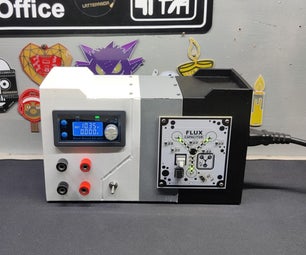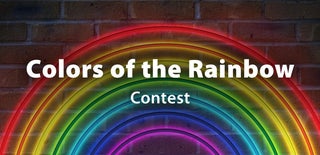Introduction: LED Lamp With Test Tube
We will make a lamp with led`s inside the test tube. You can use the lamp in the room, desk or for ornament.
Step 1:
The materials are:
LEDS, Piece of Wood, Switch, Battery, Electric Cable, Liquid Silicone, Test Tubes.
First of all, the form is drawn in the wood piece. Different kinds of designs can be selected. (animals, geometric shapes, etc.)
Then, the form is cut.
LEDS, Piece of Wood, Switch, Battery, Electric Cable, Liquid Silicone, Test Tubes.
First of all, the form is drawn in the wood piece. Different kinds of designs can be selected. (animals, geometric shapes, etc.)
Then, the form is cut.
Step 2:
Then, seven holes are made in the top of the wood piece and LEDs are put there.
Step 3:
After that, an electric circuit is made with the LED's legs. A battery and a switch are connected into the circuit.
Step 4:
Next, only if you want, the wood piece is painted, and an other piece of wood with the same form, is put on the circuit to hold the test tubes.
Step 5:
Finally, the tubes are filled with liquid silicone, and put on the plataform









